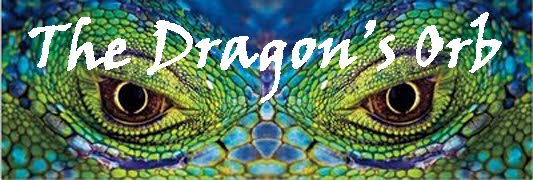Elements of a Judo Throw
Judo theorists have divined that there are three major parts or elements in the execution of a throw/ nage waza.
1. Kuzushi 崩し - the breaking of balance, crumbling the structure/ creating asymmetry in the structure of the partner.
2. Tsukuri 作り- entry, or building the relationship and architecture of a throw.
3. Kake 掛け- execution of the technique - literal - in the midst of
While these elements are typically written in a numerical order, they often happen in differing orders or a chain of elements. Common ideas about sequences might look like...
1) kuzushi-tsukuri-kake
2)kuzushi-tsukuri-kuzushi-tsukuri
3) kuzushi-kuzushi-kuzushi
4) tsukuri-kuzushi-kake
These elements are a fine general description for the elements in Ju throws. However, in Aiki we are often dealing with a different set of variables and throw mechanics.
After a great deal of thought, I have categorized my own list of elements of Aiki throws.
Elements of an Aiki throw
1. Awase 合わせ blend/ meet/ joint together
2. Musubi 結び join/union/connecting
3. Kuzushi 崩し to collapse/ crumble/ disorganize/ unbalance
4. Hanasu 放す to release/ to let go/ to set free/ to turn loose
Awase 合わせ
 |
| From inverted mouth 亼 and mouth 口, two people talking. Meaning united. |
In judo techniques the throw might begin with the opponents already grappling, and linked closely together. There is often a battle for favored grips on the jacket, but usually the range is very close. In aiki waza, the range between opponents tends to start further away until the attack is initiated.
In aiki waza, the time of the two partners coming together is the awase phase of technique development. The central idea of awase is to merge with the opponent's energy and attack and take control. Awase is not blocking energy or defending against the motion and energy of the attacker. Awase is merging into power and motion and disabling it and leading it into new shapes.
In order for awase to be effective (Aiki), the elements of musubi and kuzushi must also be present. In many ways, awase IS all three elements of blending, connection and balance breaking. However, I find it useful to separate them into smaller parts, while remaining mindful that we are trying to achieve all these elements in one motion.
Musubi 結び
 |
| From thread 纟糸 and phonetic 吉. Meaning to tie. |
Before physical connection, the aiki student and the
attacker are separate bodies in motion hurling together in a potentially
devastating clash of matter and energy trying to occupy the same space. The
skillful aiki artist, however, connects to and blends (awase) with the energy
hurling towards them. The two individual structures of the human being now
become more unified,and the two people become one four-legged structure. The aiki
artist can cause his opponent to need to lean on him for support, so as the
aiki man moves, his opponent must follow. Any time two people touch and become interdependent on each other for
balance, musubi is being created. The two
people often lose their individual centers of gravity and gain a common or
shared one. This joining together of the centers is what I consider to be
musubi 結び.
I had one Japanese friend, who was an aikidoka and Daito Ryu student, say he did not like the use of this word for aiki. He felt it had more Shinto implication, like connection to the universe or the Gods. I have, though, heard it used by other aiki folks that corresponds to my use and definition.
Here is a little film I shot trying to teach the concept. I hope you find it useful.
Kuzushi 崩し
 |
| From mountain 山 and phonetic 朋. Meaning avalanche. |
Kuzushi is a Japanese term for unbalancing an opponent in the Japanese martial arts. It refers to not just an unbalancing, but the process of putting an opponent in a position where his stability, hence the ability to regain balance for attacking and defense is impaired or destroyed. Typically this is demonstrated by a structure displaying asymmetry or being forced into taking recovery steps because the center of balance is moving over the base of support.
Lowry sensei of the Kaze Uta Budo Kai has made an essential series on aikido and judo kuzushi and connection.
Hanasu 放す
 |
| From hand 攵攴 and phonetic 方. Meaning to put. |
While at the intro level of judo they teach kake, or the execution of the throw, typically this is action based, one person throwing another. However, advanced judoka sometimes say there is no kake. If you have off balance and fit in, the throw happens on it's own. Kake happens. In the aiki world, the state of having the kake just happen comes from a relaxed shaping of lines of direction. This is hanasu.
In the aiki world, I see most artists struggling with this concept of hanasu. Even the most advanced artists often 'throw'. In my own estimation, though, this is still jujutsu creeping into developing aiki. The very best aiki is hanasu, or relaxed releasing of the opponent into a place they must fall to.
While I myself am still a struggling student, I offer this film as both a good and bad example. My hanasu has improved dramatically in the past decade. Most of my techniques are done with a relaxed arm, or relaxed whipping arm. When my techniques are sweetest, it looks like my opponent is just falling off of me. When I am not doing it as well, it looks like I am throwing him.
I hope you found something useful. Track me down if you want to chat about it or train someday.
Walk In Peace,
Eric







